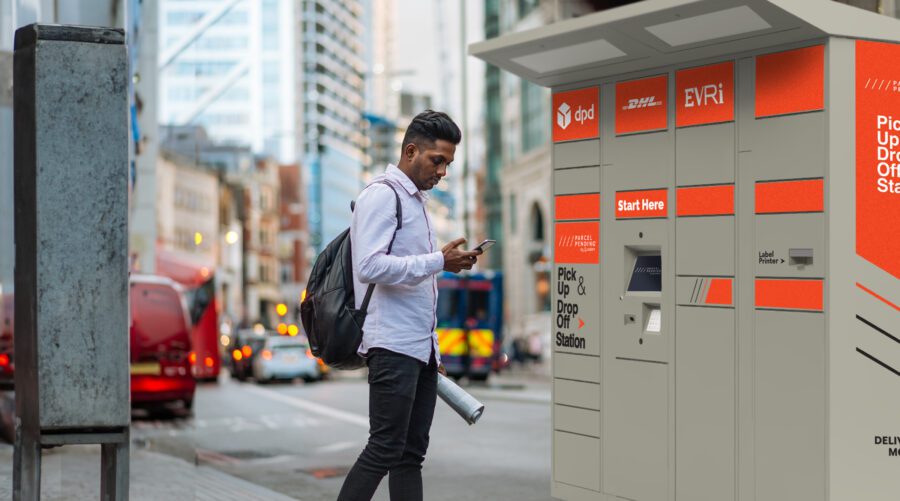
University
How to Create the Best University Experience for Students
Written by: Parcel Pending
5 Min Read
Published: July 15, 2021
Updated: April 3, 2023
The COVID pandemic showed us that the experience matters; it’s not enough to simply take a course online, we must experience it. Now – with universities preparing to welcome back students this fall – is a perfect time to examine how to create the best university experience for incoming students when they return to campus.
Pausing Online and Hybrid Learning at MBA Schools
Top-notch MBA programs at Columbia University, Boston University, Stanford University, New York University, and University of California, Berkeley have all cancelled their virtual student learning programs. Why? Because both faculty and students have faced the reality that these expensive degrees aren’t worth the cost without the networking, socializing, and experiences of full in-person learning. As J.P. Eggers, vice dean of M.B.A. and graduate programs at New York University’s Stern School of Business explains why the school eliminated hybrid learning: “Blended learning, with some online and some in person, is the worst of both worlds”1.
Create Flexible Programs
There’s a surging interest in shorter, flexible, and more career-focused learning. Claremont Lincoln University, for instance, allows students to take one or two classes at a time and pause as needed. Worcester Polytechnic Institute created a Center for Project-Based Learning with astounding results2:
- 90% reported positive impact in solving problems
- 92% reported stronger character development
- 85% reported enriched life in non-academic ways
- 89% reported positive impact in functioning on a team
Embracing the Power of Technology Beyond Zoom
One of the reasons that online learning didn’t meet expectations was because faculty merely moved teaching their classes to Zoom with disappointing results. 52% of students stated that they learned less in the 2020-2021 academic year than they did in the pre-COVID years3. Very few higher education institutions embraced new technologies to boost the student experience. In fact, less than 5% of university budgets are devoted to IT4.
Georgia Tech, on the other hand, invested in AI, machine learning, and SMS messaging to launch its pioneering online master’s degree in computer science for just $7,000. A whopping 10,000 students are enrolled.
Higher education institutions may also want to consider leveraging technology to improve communication and provide easy access to faculty and staff. For instance, you can use software to schedule office hours, one-on-one sessions, or guidance meetings.
Craft Collaborative Opportunities
Digital communication and technology play important roles in the student experience. One of the high-priority student goals of a university education is the opportunity to collaborate with others. “I expect we will see a rise in how chat and other collaboration tools will support both formal and informal communication,” predicts Wendy Colby, CEO of AccelerEd5. Also of note is that over 30% of respondents to a Student Voice survey found chat boards, reminders/nudges, and online discussions are valuable contributors to student engagement and satisfaction.
Remain Responsive to Mental Health Challenges
The unplanned isolation of university students led to depression and frustration during last year’s pandemic protocols. In fact, 65% of students report having fair or poor mental health6. Offering easy-to-schedule mental health services, private sessions, and responsive staff work well. Yale University has a unique response with its Science of Well-Being free class from Coursera. Here, students learn how to boost their own happiness and build new habits.
Create One-Stop Transactional Offices
Tom Ellett holds a rare job in higher education: Chief Experience Officer at Quinnipiac University. One of his key learnings this past year from students was the frustration in dealing with different offices for administrative issues such paying their bills, receiving financial aid, changing meal plans, and registering for classes7. A Rand Corporation study of four community college systems found a 3% average increase in student retention by moving to an integrated model, with better outcomes for adult learners over the age of 25, and students of color8.
Starting this month, all of these services are under one roof at Quinnipiac.
Implement a Campus Hub
Similar to the need for consolidating transactional services, there’s a growing need to create a central exchange point for goods delivery and retrieval. Instead of sending students to the administration building, mailroom operations center, campus shop, and admissions office, for example, savvy leadership at higher education institutions are leveraging smart lockers to fulfill all types of campus deliveries – not just packages.
Smart lockers, originally invented to manage parcel pick up and delivery, are now transformed into a central distribution system that comes complete with built-in asset tracking software. Institutions can also leverage their own existing tracking software, ensuring minimal disruption to existing customer-facing communication processes to fellow students, staff, and faculty.
A self-service option, Campus Hub works to significantly lower labor costs while increasing the student experience at university: universities can do more with fewer staff while also allowing students to securely retrieve goods and documents on their schedule.
Another beneficial feature offered by Campus Hub is the return process. Whether it’s returning a library book, classroom material, or purchased goods, the barcode or PIN-driven system allows for an easy and safe way to remit goods to various departments and services on campus.
The pandemic permanently changed higher education. However, universities will need to continue to be flexible in offering new programs, consolidating transactions, emphasizing the in-person experience, and fostering a sense of community and well-being. The year of near-constant isolation demonstrated that the experience matters most.
For information on how to create a positive student experience at university with Campus Hub™, contact a Parcel Pending by Quadient representative today.
Sources:
- Thomas, Patrick. The Wall Street Journal. M.B.A. Programs From Stanford to Columbia and NYU Pass on Hybrid Learning. (2021, July 15). https://www.wsj.com/articles/m-b-a-programs-from-stanford-to-columbia-and-nyu-pass-on-hybrid-learning-11626346800.
- Worcester Polytechnic Institute. Project Work Pays Off. (2021). https://wp.wpi.edu/projectbasedlearning/proven-pedagogy/lifelong-impact/.
- Tromp, Marlene. Inside Higher Ed. Lost Handshakes, Eye Contact and Flow State of Learning. (2021, July 15). https://www.insidehighered.com/views/2021/07/15/helping-students-recover-what-they-missed-during-covid-learning-opinion.
- Gallagher, Sean & Palmer, Jason. Harvard Business Review. The Pandemic Pushed Universities Online. The Change Was Long Overdue. (2020, September 29). https://hbr.org/2020/09/the-pandemic-pushed-universities-online-the-change-was-long-overdue.
- AccelerEd. Student-centered experiences propel innovation. (2021, April 12). https://www.highereddive.com/spons/student-centered-experiences-propel-innovation/597824/.
- Ezarik, Melissa. Inside Higher Ed. Students Struggle but Don’t Seek Colleges’ Help. (2021, April 14). https://www.insidehighered.com/news/2021/04/14/students-struggling-not-seeking-campus-mental-health-support.
- Busta, Hallie. Higher Ed Dive. Living the student life: A glimpse into the job of a university chief experience officer. (2021, June 25). https://www.highereddive.com/news/living-the-student-life-a-glimpse-into-the-job-of-a-university-chief-exper/602419/.
- Daugherty, Lindsay, et al. Rand Corporation. (2020). Connecting College Students to Alternative Sources of Support [Report]. Retrieved from: https://www.rand.org/pubs/research_reports/RR1740-1.html



